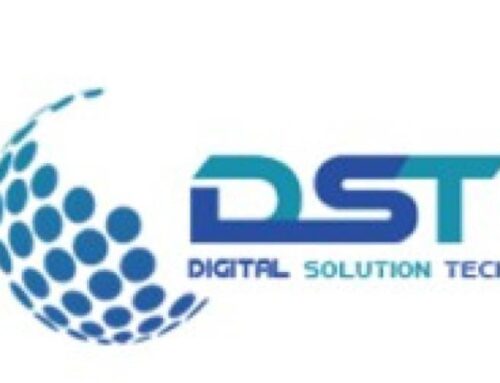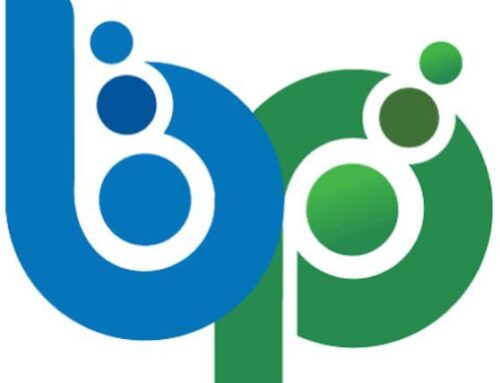The marketing world is in a state of constant transformation. What worked yesterday may no longer resonate with today’s audience. Innovation has become the cornerstone of success, allowing businesses to stay ahead of trends and consumer expectations. Proven results stem from the effective integration of creativity, technology, and data-driven insights. This blog explores how Innovative Marketing, Proven Results techniques deliver measurable success while creating lasting impressions on target audiences.
The Shift to Creativity-Driven Marketing
Gone are the days of one-size-fits-all marketing campaigns. Traditional methods often lack the dynamism required to engage modern consumers who seek authenticity and personalization. The emphasis now lies on creativity-driven marketing. Campaigns succeed when they combine compelling narratives with advanced technology, capturing consumer attention while reflecting the brand’s unique essence.
Emerging tools like artificial intelligence (AI) and machine learning are reshaping how marketers approach creativity. These tools analyze consumer behavior, preferences, and market trends with precision, allowing brands to craft highly personalized content. Personalization, backed by data, ensures campaigns resonate emotionally with audiences, making them feel seen and understood.
Creativity is also extending to new formats and platforms. Video content, immersive experiences, and interactive advertisements redefine audience engagement. Every innovative approach adds value, driving higher retention rates and loyalty. Creativity is no longer just about standing out; it’s about forming meaningful connections that foster trust.
Effective Targeting with Data Insights
Marketing thrives on precision. Understanding your audience, their behavior, and preferences are essential for creating successful campaigns. Data-driven insights make this precision possible.
In today’s era, data serves as the backbone of marketing efforts. Collecting, analyzing, and interpreting this data uncovers patterns that guide strategy development. For instance, segmentation divides audiences into specific groups based on age, location, interests, or purchasing habits. These insights inform not only content creation but also the choice of platforms and the timing of campaigns.
Predictive analytics, powered by AI, goes a step further by forecasting consumer behavior. It helps businesses anticipate trends and adapt their strategies before competitors can. This proactive approach ensures that resources are used effectively, driving higher return on investment (ROI) and minimizing wasteful spending.
When paired with innovation, data insights lead to extraordinary outcomes. For instance, personalized email campaigns with dynamic content see higher open and click-through rates compared to generic messages. Every data point, when used wisely, brings marketers closer to delivering tailored solutions that delight customers.
Harnessing Digital Platforms for Maximum Reach
The digital space is bustling with opportunities. Social media platforms, search engines, and email marketing channels offer unparalleled reach, making them indispensable for modern marketing. Leveraging these platforms creatively transforms campaigns into high-impact initiatives.
Social media, in particular, has become a playground for innovative marketing. Platforms like Instagram, TikTok, and LinkedIn allow brands to showcase their personality while engaging audiences directly. Interactive content such as polls, quizzes, and live videos fosters two-way communication, enhancing brand recall.
Search engines remain crucial for driving organic traffic. Search engine optimization (SEO) ensures that your brand appears where your audience is searching. Beyond organic reach, paid ads powered by smart bidding algorithms ensure visibility to potential customers.
Email marketing remains relevant, evolving into a highly personalized tool. With automation, brands can send tailored messages triggered by user behavior, ensuring recipients receive the right content at the right time. By blending innovation with these platforms, marketers can seamlessly connect with their audiences, expanding their reach while maintaining authenticity.
The Role of Testing and Adaptation
No campaign is perfect from the start. Testing and adaptation are integral to achieving marketing success. Even the most innovative ideas require refinement to reach their full potential.
A/B testing is one of the most common approaches used to compare different campaign elements, such as headlines, images, or calls to action. This process reveals what resonates most with the target audience. Once the winning elements are identified, they are incorporated into future iterations for improved performance.
Flexibility in marketing also means staying open to change. Market conditions, consumer behavior, and trends shift rapidly. Businesses that monitor these changes in real-time can adjust their strategies to maintain relevance.
For example, a brand running a seasonal campaign might notice an unexpected surge in interest for a specific product category. By pivoting their focus to capitalize on this trend, they maximize results. Testing and adaptation create a cycle of continuous improvement, ensuring every campaign is optimized for impact.
Building Trust Through Transparency
Trust is the foundation of successful marketing. Consumers today demand transparency from brands. They want to know how their data is used, where products are sourced, and whether the brand aligns with their values.
Innovative marketing integrates transparency into its core. Campaigns that highlight ethical practices, corporate social responsibility, and authenticity foster a deeper connection with audiences. For instance, brands sharing behind-the-scenes content or openly addressing challenges build credibility, which translates into consumer trust.
Marketers are also adopting privacy-first strategies, ensuring compliance with data protection regulations like GDPR and CCPA. Being upfront about data usage policies not only adheres to legal requirements but also reassures consumers that their privacy is respected.
This trust-building approach drives loyalty, turning customers into brand advocates. Transparent practices and honest communication pave the way for long-term relationships.
The Future of Innovative Marketing
The future belongs to marketers who embrace a holistic approach to innovation. Emerging trends like augmented reality (AR), virtual reality (VR), and voice-activated search will continue to reshape how brands interact with audiences. The integration of these technologies enables immersive experiences, offering consumers a fresh way to engage with products and services.
Sustainability is another driving force behind future strategies. Brands are increasingly incorporating eco-friendly practices into their campaigns to resonate with environmentally conscious consumers.
The convergence of technology, creativity, and ethics defines the future of marketing. Staying ahead of these trends ensures that businesses remain competitive in an ever-evolving landscape.
Conclusion: Innovation Drives Results
Innovative marketing is not a luxury but a necessity in today’s competitive market. Combining creativity with data and technology produces campaigns that deliver measurable results while fostering meaningful connections. Testing and adaptation ensure relevance, while transparency builds trust.
Businesses that embrace innovation are rewarded with proven results, including higher engagement, loyalty, and ROI. The balance of creativity and strategy paves the way for sustainable growth, positioning brands as leaders in their industries.
By adopting forward-thinking approaches, marketers ensure that they don’t just keep up with the future of marketing—they define it
visit us : https://digitalsolutiontech.com/






Leave A Comment